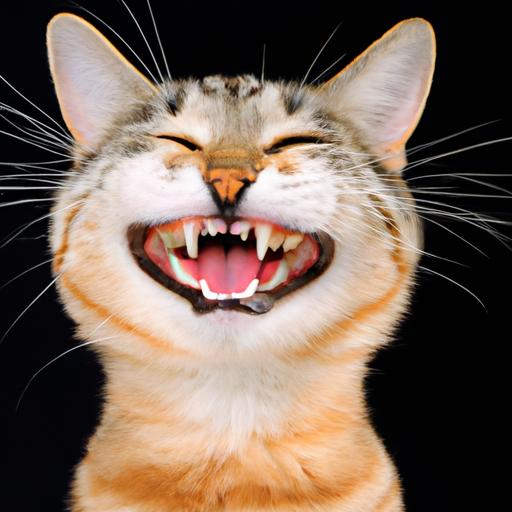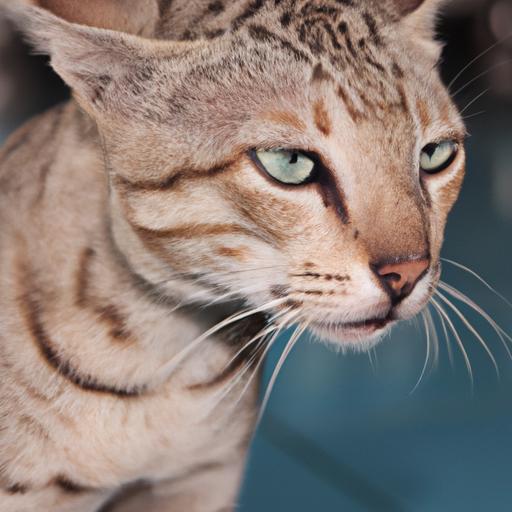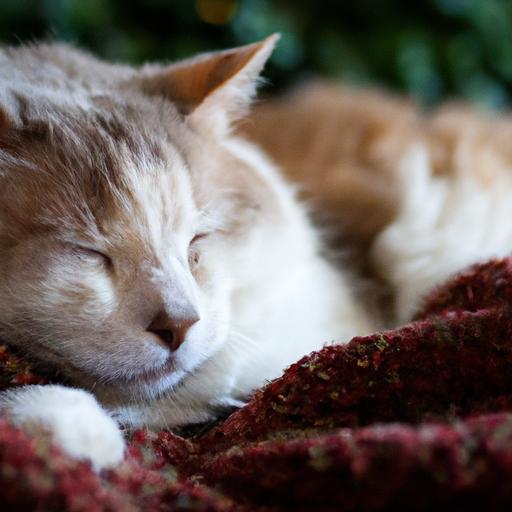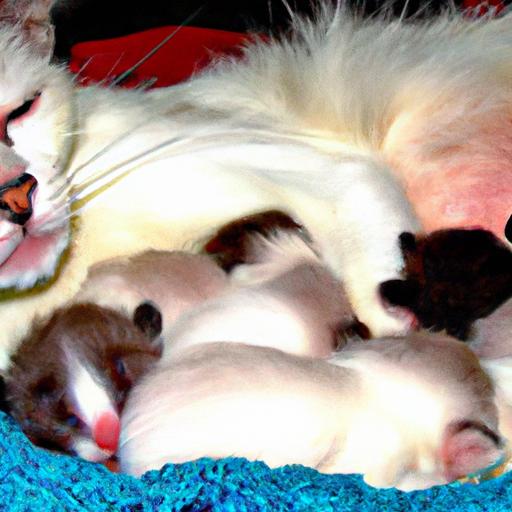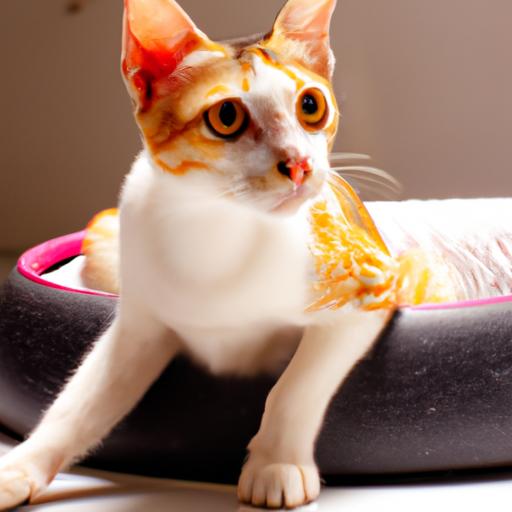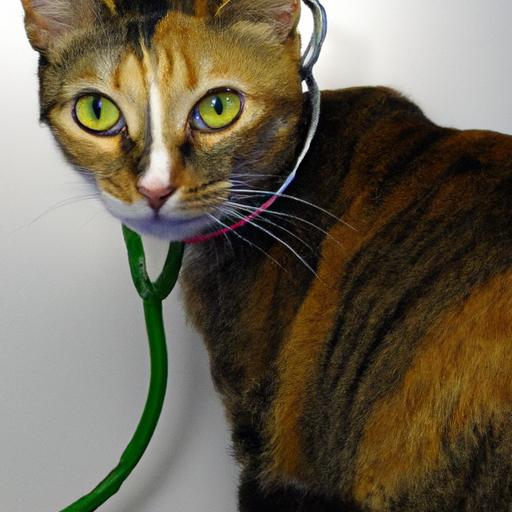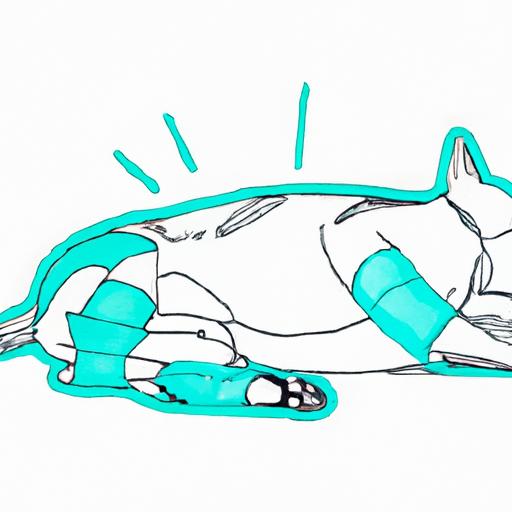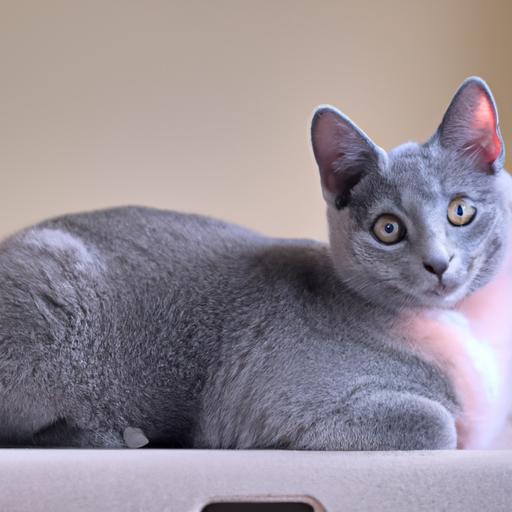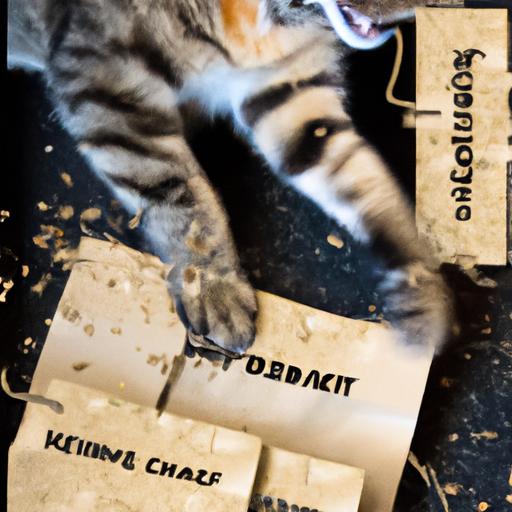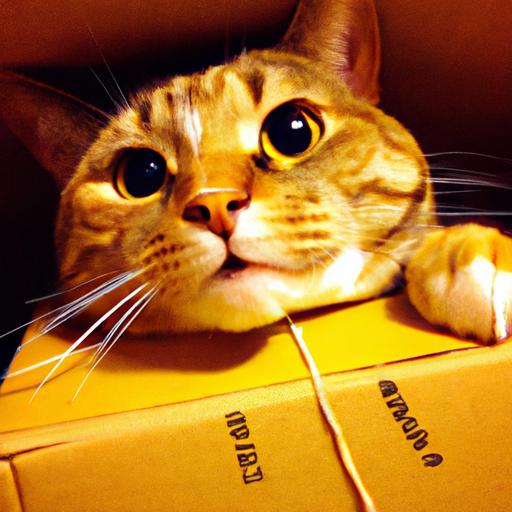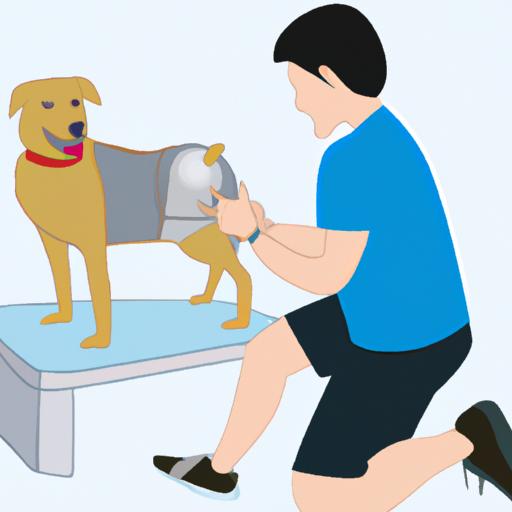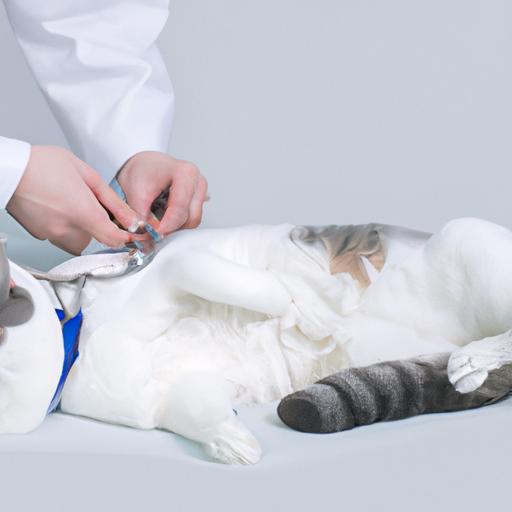
Understanding Feline Umbilical Hernias
Gain a comprehensive understanding of feline umbilical hernias: causes, symptoms, treatment options, and more. Expert guide for cat owners.
Introduction
Welcome to our comprehensive guide on understanding feline umbilical hernias. As pet owners, it’s crucial to be aware of common health issues that can affect our beloved feline friends. Umbilical hernias are one such condition that can occur in cats. In this article, we will dive deep into the world of feline umbilical hernias, exploring their causes, symptoms, diagnosis, and treatment options. By the end, you’ll have a better understanding of this condition and how to provide the best care for your furry companion.
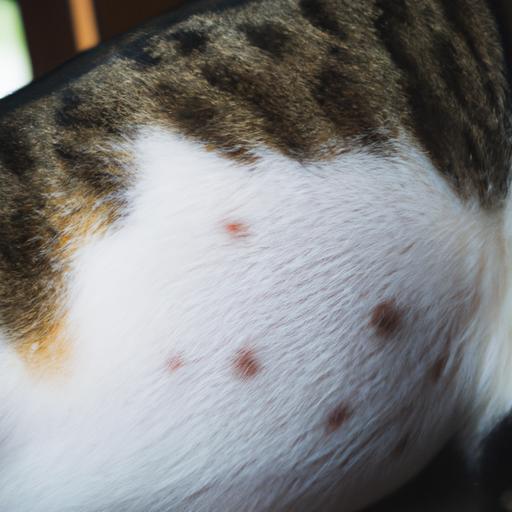
What are Feline Umbilical Hernias?
Definition and Explanation
Feline umbilical hernias occur when a portion of the small intestine or fatty tissue protrudes through a weak spot in a cat’s abdominal wall near the belly button or umbilical cord. This can create a visible bulge or lump on your cat’s abdomen. While umbilical hernias can occur in cats of all ages, they are most commonly seen in young kittens.
Causes and Risk Factors
Umbilical hernias in cats can have multiple causes. Some kittens may be born with a congenital defect that leads to a weakened abdominal wall. Other factors such as trauma, excessive strain on the abdomen, or genetics can also contribute to the development of umbilical hernias. Certain cat breeds, like Persians and Siamese, may be more prone to developing this condition.
Common Symptoms and Signs
Identifying the signs of a feline umbilical hernia is essential for prompt diagnosis and treatment. While symptoms may vary, common indicators include a visible lump or bulge near the umbilical area, especially when the cat is standing or straining. Other signs can include discomfort, pain, and even vomiting in severe cases. If you notice any of these symptoms, it’s crucial to consult a veterinarian for a proper evaluation.
Diagnosis Methods
To diagnose a feline umbilical hernia, a veterinarian will conduct a physical examination of your cat’s abdomen. They may feel for a lump or bulge and assess the size and severity of the hernia. In some cases, additional diagnostic tests like ultrasound or X-rays may be performed to evaluate the extent of the hernia and rule out any complications.
Frequently Asked Questions (FAQs)
-
Can umbilical hernias in cats resolve on their own?
- In some cases, small umbilical hernias in kittens may close on their own as the abdominal muscles develop and strengthen. However, it’s crucial to monitor the hernia closely and consult a veterinarian for guidance.
-
Are umbilical hernias common in kittens?
- Yes, umbilical hernias are relatively common in kittens. The condition often arises due to the incomplete closure of the abdominal muscles shortly after birth. Most small hernias in kittens resolve without intervention, but larger or persistent ones may require treatment.
-
How are feline umbilical hernias treated?
- Treatment options for feline umbilical hernias depend on the size and severity of the hernia. In some cases, a veterinarian may recommend surgical intervention to repair the hernia and prevent potential complications. Smaller hernias that do not cause discomfort or health issues may be monitored without immediate intervention.
-
Can umbilical hernias cause complications in cats?
- While small umbilical hernias may not cause significant complications, larger hernias can lead to serious issues. If the hernia becomes incarcerated or strangulated, it can obstruct blood flow or cause intestinal damage, requiring emergency surgery.
-
Are certain cat breeds more prone to developing umbilical hernias?
- Yes, certain cat breeds, such as Persians and Siamese, may have a higher predisposition to developing umbilical hernias. However, it is essential to remember that umbilical hernias can occur in cats of any breed or m
Conclusion
- Yes, certain cat breeds, such as Persians and Siamese, may have a higher predisposition to developing umbilical hernias. However, it is essential to remember that umbilical hernias can occur in cats of any breed or m
In conclusion, understanding feline umbilical hernias is vital for providing the best care for your feline companion. By recognizing the causes, symptoms, and risks associated with this condition, you can ensure early diagnosis and appropriate treatment. If you suspect that your cat may have an umbilical hernia, don’t hesitate to consult a veterinarian for a thorough evaluation. With proper care and attention, your furry friend can lead a healthy and happy life, free from the complications of umbilical hernias.
Remember, your cat’s well-being is of utmost importance, and being knowledgeable about potential health conditions empowers you to be a responsible and caring pet owner. Stay informed, seek professional guidance, and cherish the precious moments with your feline companion.
